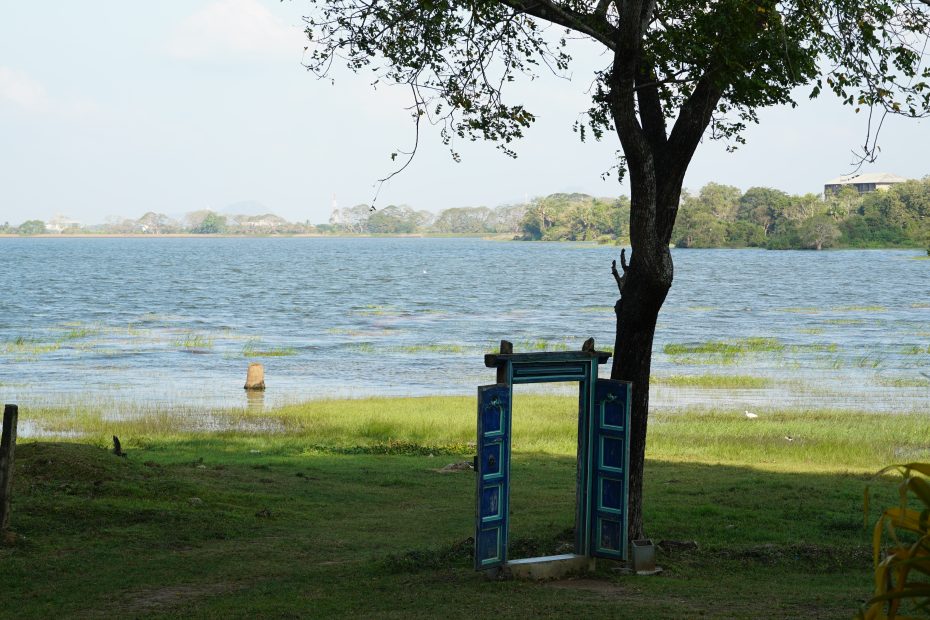Table of Contents
Introduction
Nestled in the Indian Ocean just south of India lies the tear-drop shaped island nation of Sri Lanka. Boasting a history dating back over 2500 years and a diverse natural landscape ranging from pristine beaches to lush jungles, Sri Lanka is a destination where the old and new, natural and manmade, seem to coexist in harmony. In this relatively small island, you can explore ancient temple ruins in the morning and watch elephants bathing in a national park in the afternoon. The interessant blend of historical sites and natural beauty makes Sri Lanka a truly unique and fascinating place to visit.
History and Culture
Sri Lanka has a long and rich history and culture, shaped by various forces over the centuries. Several ancient Sinhalese kingdoms rose and fell in cities like Anuradhapura, Polonnaruwa and Kandy, leaving behind stunning archaeological sites that provide a window into the past. There are 8 UNESCO World Heritage sites in Sri Lanka, including the sacred city of Anuradhapura with its Buddhist shrines, palaces and monasteries dating back to the 3rd century BC. The famous temple of the Tooth Relic, believed to be Buddha’s actual tooth, is located in the old royal city of Kandy.
Sri Lanka’s location led it to be influenced by both South India and Southeast Asia. Later, colonial powers like the Portuguese, Dutch and British left their impact as well in architecture, religion, food and lifestyle. This diverse history can be seen in Sri Lanka’s dance forms, cuisine, festivals and religious sites today. Around 70% of Sri Lankans practice Theravada Buddhism, which shapes many cultural practices on the island.
Stunning Nature and Landscapes
In addition to its rich history, Sri Lanka is blessed with incredible natural diversity that makes it a magnet for nature lovers. The island has a range of landscapes, from the famous palm-lined beaches to central highlands, rainforests, and national parks teeming with wildlife. Surrounded by the Indian Ocean, Sri Lanka has over 1000 miles of scenic coastline. The south coast is known for its gorgeous beaches and laidback vibe, while the west coast has huge coral reefs perfect for surfing, diving and snorkeling.
The island’s interior contains scenic hill country dotted by tea plantations started during the British colonial era. Hiking trails weave through these emerald green tea estates. The country’s national parks like Yala and Wilpattu are home to large populations of native elephants, leopards, sloth bears, monkeys, deer, and exotic birds. For any wildlife enthusiast, a safari through one of these parks to spot elephants or leopards is a memorable experience.
Tourism Industry
As both an historic and natural gem, it’s no wonder tourism is booming in Sri Lanka, especially after the end of its civil war in 2009. More than 2 million tourists visited in 2016 alone, and that number keeps rising each year. Sri Lanka offers something for every kind of traveler – those who want to laze on a beach, explore ancient sites, hike mountains, spot wildlife, enjoy cuisine, or all of the above! Tourism is now one of Sri Lanka’s top revenue sources.
However, this influx of visitors has also created some challenges as the country struggles to build up its tourism infrastructure. Issues like hotel shortages, lack of efficient transport between key sites, and crowded attractions at peak season still exist. Preserving Sri Lanka’s cultural heritage and natural resources will also require careful management going forward.
Conclusion
For a relatively small island nation, Sri Lanka punches above its weight with the incredible amount of history, culture and nature contained within its shores. The coexistence between ancient and modern, human-made and natural is a unique characteristic that makes Sri Lanka such an intriguing place to discover. Though tourism is booming, preserving the delicate balance between these elements will be key. For any traveler seeking culture, nature and adventure, Sri Lanka offers an unforgettable experience where the old and new blend seamlessly together.
FAQs
What is the best time of year to visit Sri Lanka?
The best time is from December to April, during the dry season. The weather is driest and sunniest, and major festivals occur like Thai Pongal in January.
What are the top 5 things to do in Sri Lanka?
The top 5 things are: explore ancient ruins like Sigiriya and Polonnaruwa, hike through tea estates, safari in Yala National Park, relax on the beaches in Bentota, and check out the Temple of the Tooth Relic.
What visa do I need to visit Sri Lanka?
Most nationalities can obtain an Electronic Travel Authorization (ETA) online before arrival, which costs $20 USD and is valid for 30 days.
How many days are ideal for a Sri Lanka trip?
At least 7-10 days is ideal to explore the highlights. With 2 weeks you can cover the major cultural, historic and natural sites.
What is the weather like in Sri Lanka?
Sri Lanka has a tropical climate with distinct wet and dry seasons. Temperatures average 27°C year round. The southwestern region gets rain from May to September while the northeast has rain from October to January.
